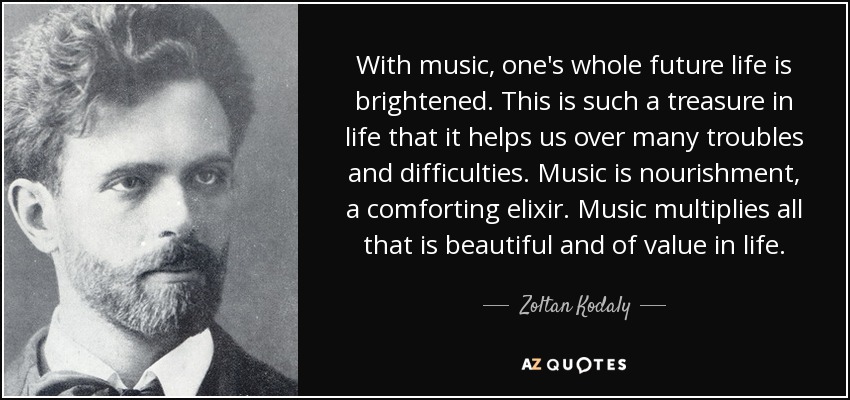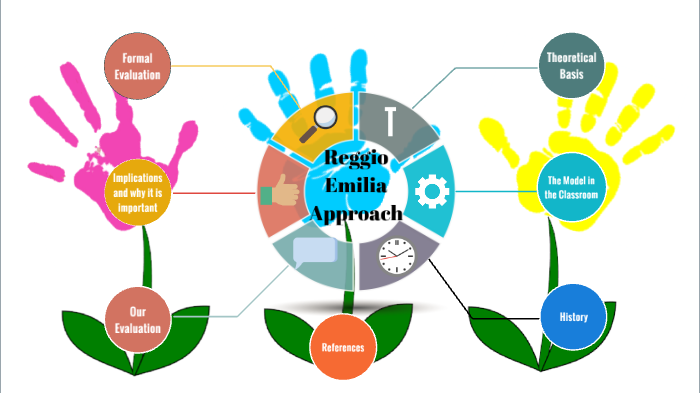ZAINUB ALLY
Week 2, Post 3
11 Sep 2020, 18:16
So study unit two, got us to listen and respond to music.
There are 5 basic elements to music which are duration, pitch, intensity, quality and texture. Each element has sub categories.
I am familiar with the djembe, which is an african drum. I did tap into it a few times can't say that I played an outstanding piece![]() But it has a lovely sound to it.
But it has a lovely sound to it.
Foundation Phase educators can implement music within many lessons and not just keep it as a life skills subject. Music can be integrated with english to learn phonics. Poetry recital can benefit from learning about pitch and tone. Counting in maths is so much fun with songs and body movement in P.E is fun with music. (If you happy and you know it...)
Music education approaches:
Carl Orff: Music is taught through natural movements and anyway they feel comfortable in. He believes that students love music naturally so that they should not be undermined. Thus children become confident.
https://youtu.be/mmuABvcyyoY
Students practice movements, singing, creativity. It opens a door to learning. As a teacher, using this method, means encouraging children to think out a situation and acting it out through music.
Zoltán Kodály music education

ttps://youtu.be/26hVmuQw-TQ
Kodaly believed that children need to have fun when listening to music. Start when children are young and use the best resources. Teachers need to be trained in music so they can in turn teach students better. Research shows that music spreads joy. In this is the philosophy of Kodaly.
reggio emilia approach

Following this approach, educators inspire students to create what is within the child. Children are given freedom to make sounds. Our job is to give children the sense of wonder. Have many instruments, different types of guitars and allow a student to make a choice of what they want to play and how to play. Sound makes children wonder.
Dalcroze Approach:
This approach requires learners to use their senses to learn about music. Learners are asked to feel the music and teachers should talk less:-)
David Elliott, J.H. Kwabena Nketia, Elizabeth Oehrle and Meki Nzewi believed that students need to feel and enjoy music. They believe that music breaks all cultures and students needs to be exposed to different cultures through music. This is a beautiful notion especially since South Africa is rich with culture and within many cultures we are intertwined with over seas influences. So we will never know which child will be taken down memory lane of their ouma or gogo with a cultural song.
My opinion of basic knowledge of music elements for your teaching practice?
It is very important to have basic knowledge. These basic elements guide the teacher to make informed decisions about music. It will be pleasant to hear rather than distraction. A person with an untrained ear can deduce that the beats can be off.
Music principles that I relate to?
I appreciate all the approaches, however I lean towards Kodaly because of teacher being trained in music. When teaching mathematics, or English, as teachers we study those subjects in-depth over a period of two years. Like so, music should also be taught to teachers in-depth and not just over 1 module. Even a simple thing as holding a tune should be taught. Imagine when you open your mouth and you sound like a bag of cats thrown to a wall??? ![]()
Motivate the value of these teaching approaches and how they can inform my teaching practice?
Simply put, when you want to be a soccer play, you will practice soccer skills and watch your champion over and over to master his moves. If you want to learn how to cook and plate amazing food, you will look up recipes, different techniques try a few recipes and settle on one. these teaching approaching studied assist us teachers to make a well informed decision of how we teach. Maybe one approach will work with this years student, while another approach was suitable for last years. or perhaps a mix of approaches as some learners may find it difficult to learn with the initial selected approach.
Reflect on the value of body percussion and movement:
Movement!!! I am all for movement. Children learn through moving. They should never sit at a desk throughout the day. Even prisoners move more than some learners (as is in my son's case. The school believes learners need to refrain from running as they might fall and get hurt! So what? You fall, you wake up, you dust yourself - is that not what life is all about? We have our ups and downs, we get hurt but we can't refrain from taking risks just because we fear?)
Body percussion can show learners that their body is amazing. And it can create wonderful sounds. No excuse for the learner to say, "Oh I cant afford an instrument so I am on a back foot and I wont be able make beautiful music. " Tapping and clapping are some percussion. Bass and drums sound can be made with the mouth.


Why is singing important for daily routine?
In the foundation phase, students language skills develop rapidly. Singing assist learners to form words correctly, how to use their tongue correctly so they can clearly pronounce words.
Singing clams learners down.
Singing is fun and free and build confidence.
Found instruments that can be used in the foundation phase:
Wow, I had no idea what the meaning of found instruments was, yet we use it :)
So learners in the foundation phase can play music on old coffee cans (drums), use bottles filled with pebbles to make a shaker, a box and elastic bands as a guitar, a pot, plastic bottles, salt shakers.
